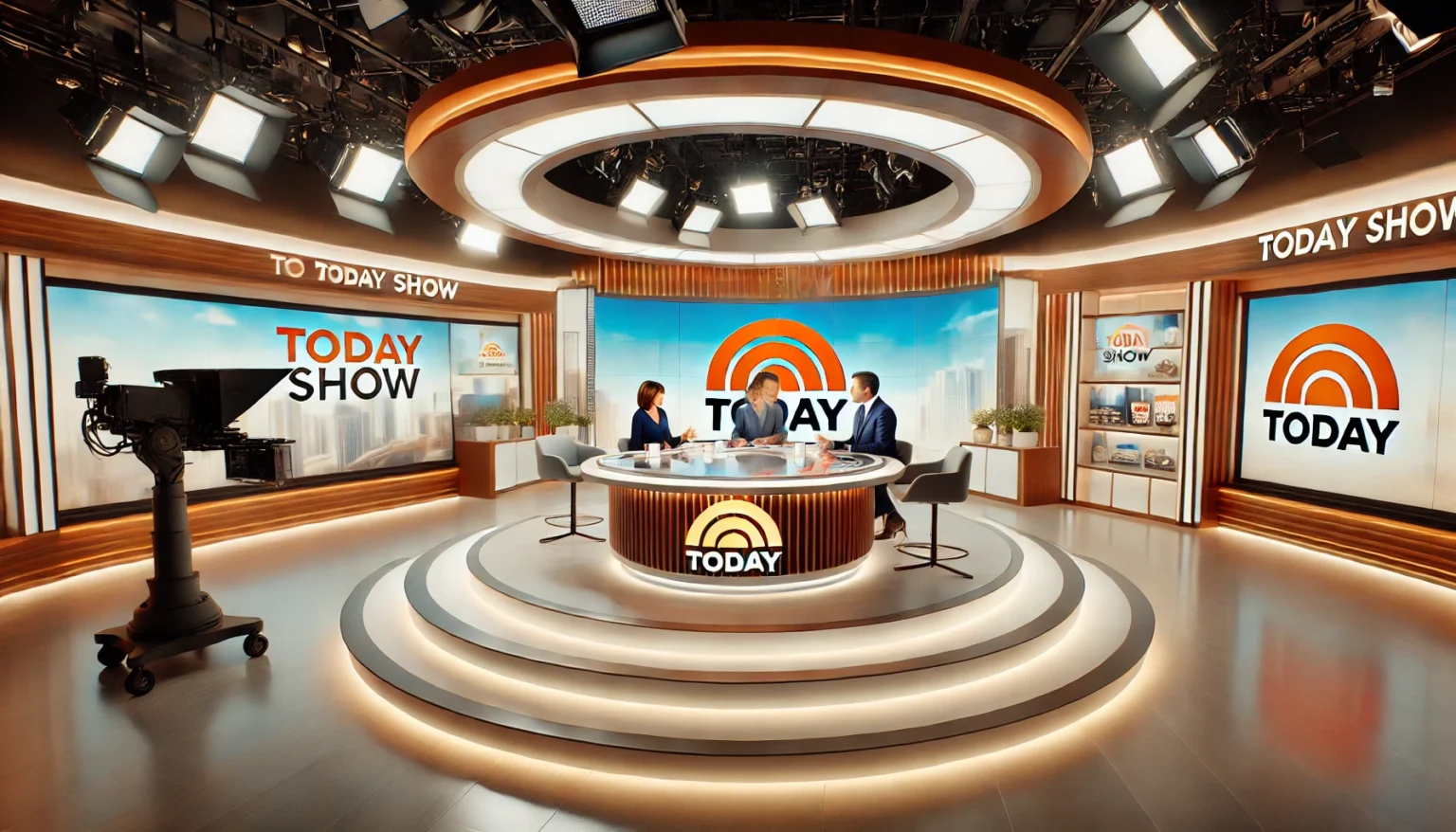Introduction
Two major players in high-quality laser sources are Raycus and JPT. They are for industrial and scientific use. Their fiber lasers cut thick metal plates. Raycus and JPT are two well-known Chinese fiber laser manufacturers. Their lasers have a stable, high-quality beam. It depends on the customer’s needs and budget. By the end of this article, you will know which Raycus and JPT fiber lasers are better for your needs.
Brief information about Raycus and JPT
Raycus Fiber Laser Technologies Co. Ltd. was established in 2009. It has since become a top maker of high-power fiber laser sources worldwide. They offer lasers in both fast pulse and CW versions. They are available in the UV, visible, and IR spectra. Their power output ranges from a few watts to 60 kW. Raycus fiber lasers perform well in cutting, welding, and drilling. They are used in various industries.
JPT Opto-electronics Co. Ltd. also offers a wide range of CW and pulsed fiber lasers. Established in 2001, JPT has a good background in providing OEM laser components and complete laser systems. Their fiber lasers target UV, visible, and IR regions, and the power offered ranges from less than 10 W to more than KW. Some crucial uses include scientific analyses, electronics manufacturing, and machine vision.
These are the significant points to consider :
When choosing between Raycus and JPT fiber laser sources, consider these factors :
– Power on/off and stability
– Beam quality
– Wavelength and tunability
– Overlap factor (for pulsed lasers)
– Temperature control and temperature regulation
– Reliability and warranty
– Cost and value
We shall measure Raycus and JPT performance against these parameters to identify gaps and strengths. When choosing a laser for your application, know the strengths and weaknesses of each brand.
It’s essential in these aspects.
Power and Stability Comparison :
The power of Raycus and JPT fiber lasers remains at high levels, demonstrating stable work and low noise levels in the long term.
The maximum available output power depends on their model lineups, but both brands provide lasers with over 10 kW of CW power. Raycus has developed single-emitter lasers with a power of up to 20 kW. JPT’s CW fiber lasers have not exceeded 10 kW.
In the pulsed lasers, JPT goes up to 600 kW peak power, and Raycus pulsed fiber laser has a capacity of 300 kW. Both brands have high power density and low pulse-to-pulse energy variation. This is vital for a stable power level.
Finally, on output power, JPT has a higher peak pulsed power. Raycus has a higher maximum CW power from a single module. However, both provide class-leading stability for stable and accurate laser output.
Beam Quality Comparison
A vital measure of a laser’s performance is the beam quality factor (M2). This shows how well the laser beam can be focused, where M2≤1. One is considered a ‘diffraction limit.’
The M2 values published by Raycus and JPT lasers demonstrate how well their lasers perform regarding beam quality. The M2 values of Raycus fiber lasers are between 1. 05 and below 1. 1 for their single-mode CW and pulsed lasers. JPT also has diffraction-limited beams with M2 values of approximately 1. 05 or lower across multiple models in their CW and pulsed laser line.
The two brands differ minimally in beam quality; hence, deciding which brand is superior could be challenging. Raycus and JPT fiber lasers also have excellent, near-diffraction-limited beam quality. This makes them ideal for applications that need tight focus and process control.
Wavelength Options Comparison
Raycus offers an edge over JPT when it comes to wavelength versatility from UV through IR: Raycus provides an edge over JPT when it comes to wavelength versatility from UV through IR:
– Pulse width – Raycus has a pulse width down to 266 nm, while JPT has only achieved 355 nm in the UV range.
– Fiber lasers – At 5xx nm and 6xx nm, IPG and Coherent have visible lasers.
– Na-S lasers – Raycus (0. 8-2. 4 μm) and JPT (1-2. 1 μm) show substantial overlap here.
Mid-IR lasers—Raycus mid-IR lasers provide 3. 3 µm while only 2. 8µm for JPT.
So, Raycus offers a more extensive wavelength range throughout the entire range, especially on the shorter side. Raycus also provides seed lasers that can be tuned to a wide range of hundreds of nanometers, offering more flexibility in adjusting the wavelength to fit the specific target materials.
Both brands’ infrared wavelengths facilitate accurate material removal in the pulsed fiber lasers category, especially for micromachining applications. However, Raycus has a more comprehensive tuning range than the other devices, enhancing absorption for various materials.
Pulse Characteristics Comparison (for Pulsed Lasers)
Fiber lasers are pulsed lasers that offer high energy density short pulses with high peak power. This makes them suitable for laser marking, engraving, cutting, and micromachining processes where only controlled thermal effects are desired in small areas.
The pulse width of Raycus and JPT pulsed fiber lasers can range from nanoseconds to picoseconds and even femtoseconds. Due to the short pulse widths, micromachining is achievable with reduced heat-affected zones in delicate materials. JPT pulsed lasers are characterized by pulse energy up to 80 μJ and pulse duration, which ranges from 200 fs to 200 ns to suit different materials and processes.
Also, Raycus’s picosecond and nanosecond pulsed laser series have variable pulse widths of 100 fs to 500 ns. The pulsed lasers have different pulse energies, ranging from a few microjoules to 650 microjoules. Their wide dynamic range and tunability make them ideal for fine-feature machining.
Regarding the pulse characteristics of power and tunable time of pulsed lasers, Raycus and JPT’s output performance is almost the same. Both pulsed laser manufacturers can guarantee that the users will have a good micromachining outcome.
Temperature Control & Stability: Cooler
Cooling systems have proved essential to regulating fiber laser output and ensuring the high powers required by industry. Raycus and JPT use high-quality water cooling to ensure the thermal stability of their devices and equipment.
Raycus fiber lasers incorporate microchannel or impingement cooling structures into the oscillator housing. Thermistors permanently measure the temperature in the cooling compartment and offer active cooling control to maintain the internal temperature with a tolerance of ± 0. 1 0C.
Similarly, JPT laser modules feature efficient water cooling and temperature regulation. Details on the cooling mechanism employed in JPT lasers have yet to be reported to the public domain. This means the proven power stability can show high thermal management efficiency, similar to Raycus lasers.
Because both brands meet and exceed the appropriate temperature stability standards within the industry, their temperature stability and cooling capacity should be similar.
Reliability and Warranty Comparison
In fiber laser sources on which critical processes depend, long lifetime and artistry warranties offer the required confidence.
These warranties range from 12 months up to 5 years on the complete laser system, with round-the-clock technical support. Their components are designed to offer an operation life expectancy of over 100,000 hours Mean Time Between Failure for high reliability.
JPT also supports its fiber lasers with robust warranties to ensure a long operation life. It is important to note that JPT’s specific warranty terms may differ depending on the laser model. Specific models have 3-year comprehensive warranties that can be upgraded to 5-year warranties for additional protection. The company also has skilled technical support personnel for timely assistance in technical support.
In the important segment of warranty cover and service support, the current evidence suggests that Raycus fiber lasers might offer a slight dependability edge over JPT products. However, both JPT and Raycus integrate reliability into their lasers for efficient operation.
This hypothesis states that there will be significant differences in the cost and value between the traditional and E-learning management systems .
The investment price tag constitutes one of the crucial evaluation points. Let’s examine how Raycus and JPT fiber laser costs compare:Let’s examine how Raycus and JPT fiber laser costs compare:
At the lower power end, there is no significant difference in the pricing of Raycus and JPT basic CW fiber lasers below 500 W. For the mid power range between 500W and 5 kW, JPT systems are often listed at a cheaper price compared to Raycus systems.
However, the price for the actual fiber laser purchase varies depending on the specifications of the laser, customization, accessories that come with the package, and so on; therefore, it is hard to compare a direct value without setting up similar laser systems.
In general, both businesses strive to deliver the highest-value fiber lasers that offer quality, advanced technology, durability, and affordable costs. The specific pricing assessment should happen following the standard quotations for your preferred configuration.
Conclusion and Recommendation
The Raycus company, as well as the JPT company, provide high-quality fiber laser solutions designed for various industries and scientific purposes that withstand high-stress operations. In comparing fiber lasers between these two renowned manufacturers, the present Raycus models have a slight technological advantage in the currently offered laser frequency range and warranty coverages. However, JPT responds that high peak power pulsed lasers at a very competitive price.To find the best option that suits your needs, make sure to Choose one that aligns with your goals
It is a subjective question on whether Raycus or JPT provides the best fiber laser based on the needs of the consumer. When considering which manufacturer to choose, evaluate factors such as power levels, beam quality, operating wavelength(s), temperature stability, and price.
Do not forget to get quotes and laser samples which should be exclusive to your needs with perfect accuracy. This helps in making the right contrast with value. If seeking advice on help when comparing brands, seek the assistance of <choose one>laser system integrators</choose one>. With specialized knowledge in these areas, they recommend the best laser solutions compatible with your application and requirements.

 Tech9 months ago
Tech9 months ago
 Tech12 months ago
Tech12 months ago
 Entertainment9 months ago
Entertainment9 months ago
 Tech12 months ago
Tech12 months ago
 Entertainment11 months ago
Entertainment11 months ago
 Entertainment12 months ago
Entertainment12 months ago
 Entertainment10 months ago
Entertainment10 months ago
 Life Style12 months ago
Life Style12 months ago



